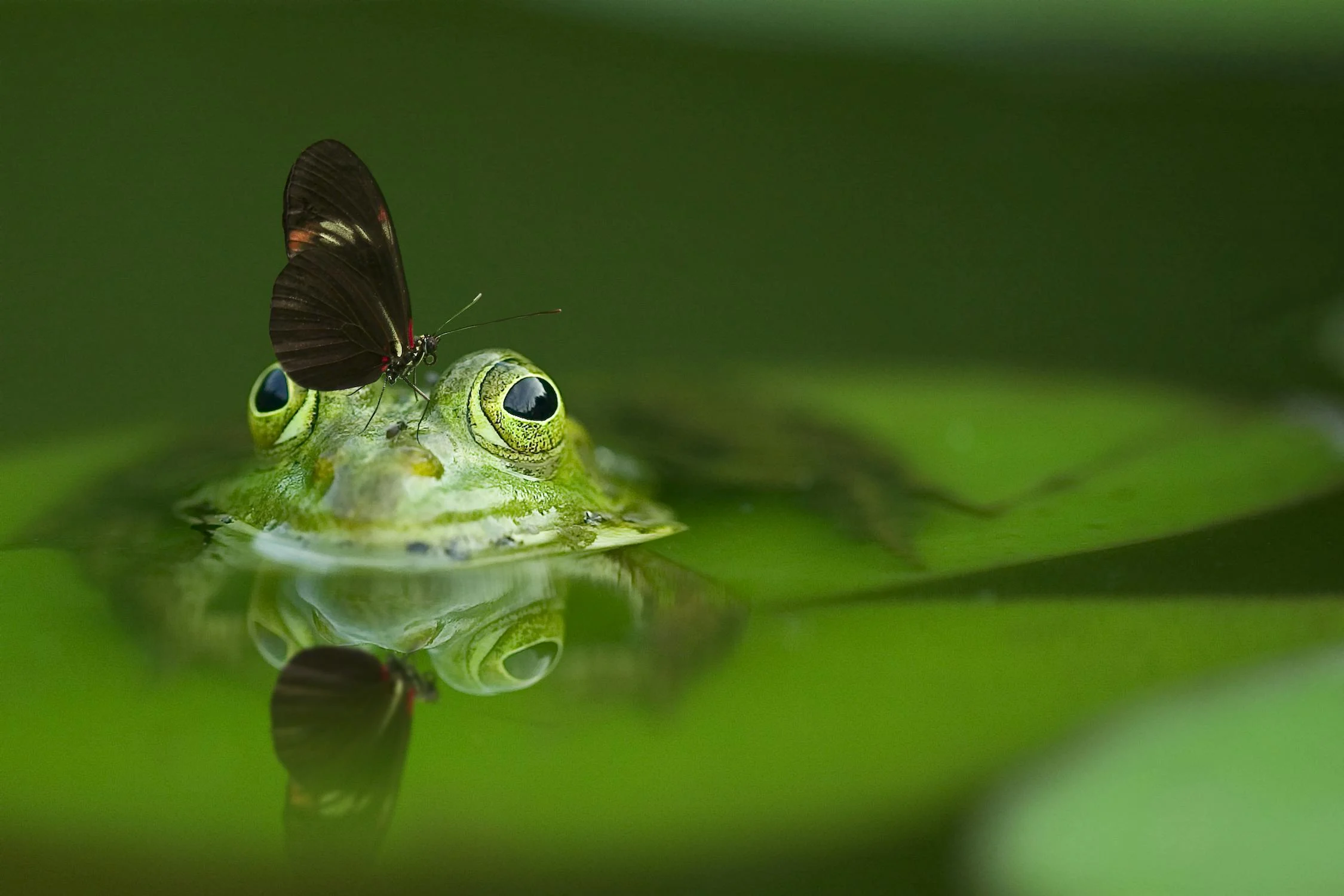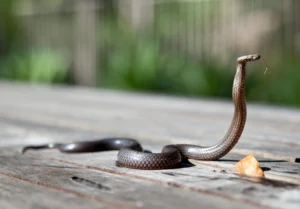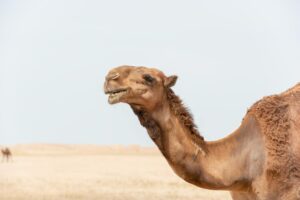Animals that predict the weather and changes in atmospheric conditions.
Some wild and marine animals predict the weather and what to expect in terms of cold, rain, and heat through certain behaviors or reactions they display before the mentioned weather occurs.
The writer Leila Narji reviewed in a report published by the American magazine “Reader’s Digest” some of these animals and explained their methods of predicting weather conditions.
Frogs and toads

According to the author, amphibians have the ability to provide information to humans regarding various natural phenomena. For example, the loud sounds emitted by frogs croaking for longer than usual may indicate that a storm is about to hit.
The toad (mud frog) can predict earthquakes due to the changes that occur underground before they happen, as these alterations contribute to changing the chemistry of the ponds in which they live, leading to their escape.
The caterpillar
Caterpillars (the larval stage of butterflies) that appear in spring across North America can predict the severity of the upcoming winter, and it is said that the darker the brown color on their bodies, the milder the winter will be.
The cricket of the night
The author pointed out that the night cricket is capable of predicting weather conditions and acts as a thermometer, as the relationship between the surrounding temperature and the sound rate produced by these insects can be assessed. If the cricket produces a sound that repeats thirty times, it is likely that the outside temperature is around 21 degrees Celsius.
The birds
Ancient traditions affirm that birds are capable of predicting the weather. For example, if crows are flying in pairs, one should expect good weather; however, if a crow flies alone, that is a sign that the weather will worsen.
The weather changes that occur before a storm force birds to perch instead of flying, and we notice them lining up on power lines before the rain falls or before the bitter cold sets in.
We notice that birds eat their food in the morning as soon as they wake up, so they don’t have to search for food when the weather is stormy. Meanwhile, changes in atmospheric pressure are responsible for driving birds to migrate in spring and autumn.
Fish
Aquatic animals develop a sense of changes in atmospheric pressure just like those that live in the sky.
AccuWeather explains that “when rainfall is near or imminent, atmospheric pressure generally drops, causing particles from plants that were trapped at the bottom of the lake to rise. When this happens, microorganisms spread in the water, providing food for small fish, which in turn become food for larger fish, leading to many fish jumping in the water more than usual.”
The sheep

According to the website “How Stuff Works,” sheep gather in crowds to keep warm before it rains, and other theories suggest that their frequent urination in the pens indicates an expectation of heavy rainfall.
The bee and the butterfly
Insects and birds are considered some of the best animals for weather prediction, and the reasons behind this are likely similar to those related to birds forecasting the weather, such as changes in pressure systems that prevent birds from fluttering. Therefore, a drop in atmospheric pressure may force these small creatures to seek shelter before a storm.
The ladybugs

The writer reported that ladybugs (the red and black spotted beetles) are capable of predicting the weather. If they appear in large numbers, warm weather is expected, and when their numbers are few, cold weather is likely. Therefore, they gather under the bark of a plant to keep warm.
Spiders
National Geographic explains that spiders seek shelter inside homes when the weather outside is about to turn cold.
Rabbits, pigs, and moles.
It is said that pigs gather leaves and straw when the cold winter is approaching, and moles dig holes to a depth that corresponds with the temperature of the cold winter, while the appearance of a fat rabbit in autumn may indicate that a cold winter is on the way.
Cows

The writer points out that cows can predict the weather, and it is said—according to tradition—that when cows lie down in the field, it indicates early rainfall.
It is also said that any angle the cow faces while standing has a special meaning, and that a tail facing west indicates clear skies, while a tail directed east suggests that the weather may become more difficult.




